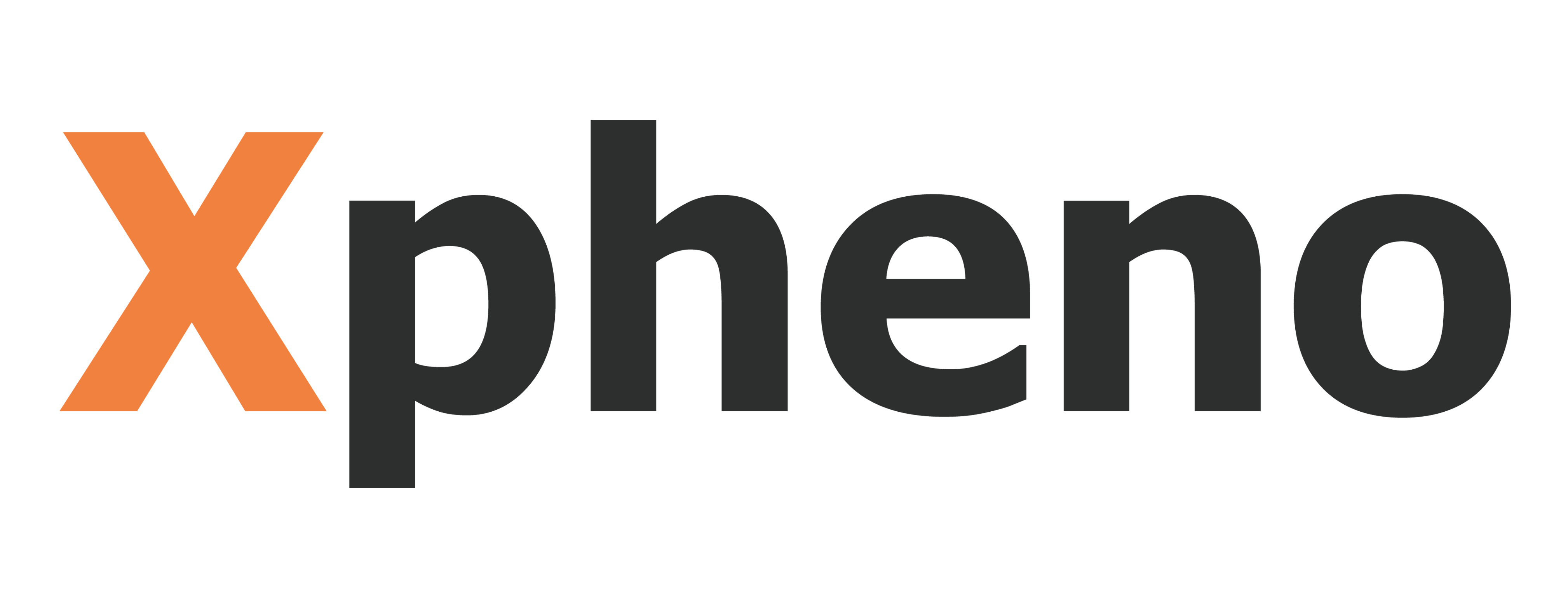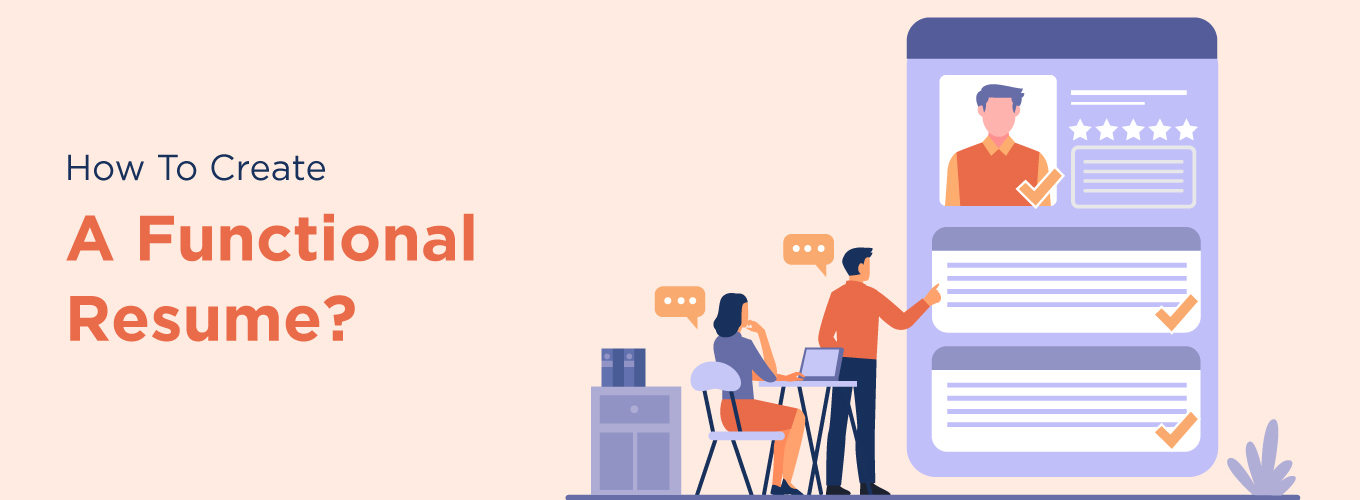How to Create a Functional Resume?
A functional resume is required when you have non-traditional work experience or lack of relevant work experience. A functional resume format focuses on your professional skills rather than a chronological work history. For this reason, this type of resume is often called a skills-based resume.. The format also helps group your experience under skill categories rather than job titles. Normally people who have employment gaps, or those who have highly developed skills or those who are switching to a new industry use this format frequently.
Having the right resume is important and could make all the difference. It can be the critical differentiator between clearing the interview and getting rejected. You may be wondering who should use a functional resume format. Here are a few scenarios where a functional resume is recommended:
- When you are having a career switch. This resume format helps employers focus on your transferable skills.
- Recently graduated. You do not have great work experience to showcase but you do have a lot of skills to showcase.
- Career gaps can be nerve-racking in an interview but a functional resume is great to use in this situation because it shows your qualifications and skills rather than your employment dates.
- Dissimilar job titles can be a good reason to have a functional resume. You may have all the necessary skills required for a role and if you have held some very similar jobs in the past, you can showcase your skills effectively.
- Specialized job postings will also require a functional resume because you want to showcase how you can effectively fit that specific role.
A functional resume format will typically have the following outline:
- Resume heading: This will typically have your name. Your first and last name must be spelt out clearly. You will also have your contact details like email ID, telephone number and your address. It is ideal if you could also give a link to your LinkedIn profile here.
- Resume objective: Here you can emphasize your skills and achievements. The idea is to provide a summary of who you are.
- Resume summary: Here you can mention the specific skills that you possess, the industry/ industries that you have worked in and outline the position that you are applying for. Choose three or four skills that are highly relevant for the job that you are applying for. Highlight them and give examples to prove that you have those skills. Use the WHO (what you did, how you did it and the outcome) method to summarize your skills. List accomplishments and responsibilities that you have undertaken. Also mention names of software and tools that you are familiar with.
- Work experience: This section is your employment history. Start with your most recent work experience and mention the start and end dates if you wish. Since this is not a chronological resume, you can downplay the work dates at these workplaces. Outline all work experiences.
- Educational qualifications: Mention your degree and the subject that you majored in and your GPA. Mention the university, and the start and end dates of your study period. Also mention any relevant study certificates that you may possess.
- Additional skills: Here you can outline any additional skills that you may possess like volunteering experience, any publications, language skills or about your hobbies. You could also mention any awards that you have received here.
Most recruiters like to skim through resumes and it is believed that they spend not more than seven seconds scanning each resume. By this logic, they hardly read any resume and so a functional resume may put them off considering that it is not chronological and they can’t get over with it quickly. Therefore, a functional resume should go beyond traditional work history and show them the skills that you possess. For this you need:
- A rich resume introduction
- In-depth skills section
You can make your functional resume work for you by doing these and landing an interview opportunity. Once you land an interview, all you need to do is emphasize your skills: both hard and soft skills.
If you do not have any work history whatsoever, a functional resume may not work for you at all. Switch to a basic resume format, the functional format is not for you.
In summary
Keep the resume to one or two pages in length. Have clear and concise headlines for skills and experience to make it easier to navigate through the resume. Importantly proof-read your resume and ensure that there are no mistakes. It may also be a good idea to get a second opinion on your resume from someone who knows you and can guide you to outline skills correctly for the role you are applying for.
Things you need to remember about a functional resume:
- It is best for those who do not have a traditional work history.
- A functional resume draws the recruiter’s attention to your skills.
- A well-written functional resume must be tailored to the job that you are applying for.
Remember that the functional resume is very versatile and skills do matter to a lot of recruiters.









